Vit C fortified rice for PDS beneficiaries in Malkangiri, Odisha; activists and nutritionists raise concerns
The Odisha government has decided to distribute vitamin C fortified rice in Malkangiri district to reduce malnutrition and anaemia. Seven out of 10 women in the district are anaemic and every second child is stunted or underweight.


Family having lunch in Odisha. Photo: Cliona Sharkey/flickr
To eradicate malnutrition and anaemia, the Odisha government has decided to provide vitamin C fortified rice to beneficiaries under the public distribution system (PDS) in Malkangiri, a tribal-dominated district of the state that is notorious for high malnutrition.
According to a news report, Orissa Post, the state government has signed an agreement with a New Delhi-based company which will fortify rice with vitamin C. The state civil supplies department had placed an order for these machines for owners of 23 old and three new rice mills in the district. Ganesh Chandra Pani, joint director of the state civil supplies department, has been inspecting the installation of machines at rice mills. The department will supply paddy to rice millers, who would fortify it with vitamin C, which will then be distributed to consumers through the PDS from February 2021.
As per the food supplies & consumer welfare department, Odisha, there are 507,025 total beneficiaries under the national food security act, in Malkangiri district. All of them would be supplied vit C fortified rice.
According to the World Health Organization (WHO), food fortification is defined as the practice of deliberately increasing the content of essential micronutrients so as to improve the nutritional quality of the food supply and to provide a public health benefit with minimal risk to health. In October 2016, Indian government’s Food Safety and Standards Authority Of India (FSSAI) operationalized the Food Safety and Standards (Fortification of Foods) Regulations, 2016 for fortifying staples namely wheat flour and rice (with iron, Vitamin B12 and folic acid), milk and edible oil (with Vitamins A and D) and double fortified salt (with iodine and iron) to reduce the high burden of micronutrient malnutrition in India.
While Achyuta Samanta, member of the parliament from Kandhamal district of the state appreciated the move in a tweet, by calling it ‘a good step in right direction’, several food experts, and activists, define the move as ‘a travesty of food justice and mockery of food security to the tribal population’.
Various activists and civil society organisations, such as Right to Food Campaign, National Alliance of People’s Movements, Desi Bihan Surakhya Mancha, have written to the state chief minister, Naveen Patnaik, to immediately withdraw this decision. They believe this decision will only benefit companies engaged in artificial vitamin-C enrichment.
Vandana Prasad, Noida-based public health expert, said food and drugs should be kept separate. “Micronutrients should be given as a supplement and food should be kept separate. Vitamin C can be provided through supplements, but fortifying rice with vitamin C is not a good way to support supplementation,” she told Gaon Connection.
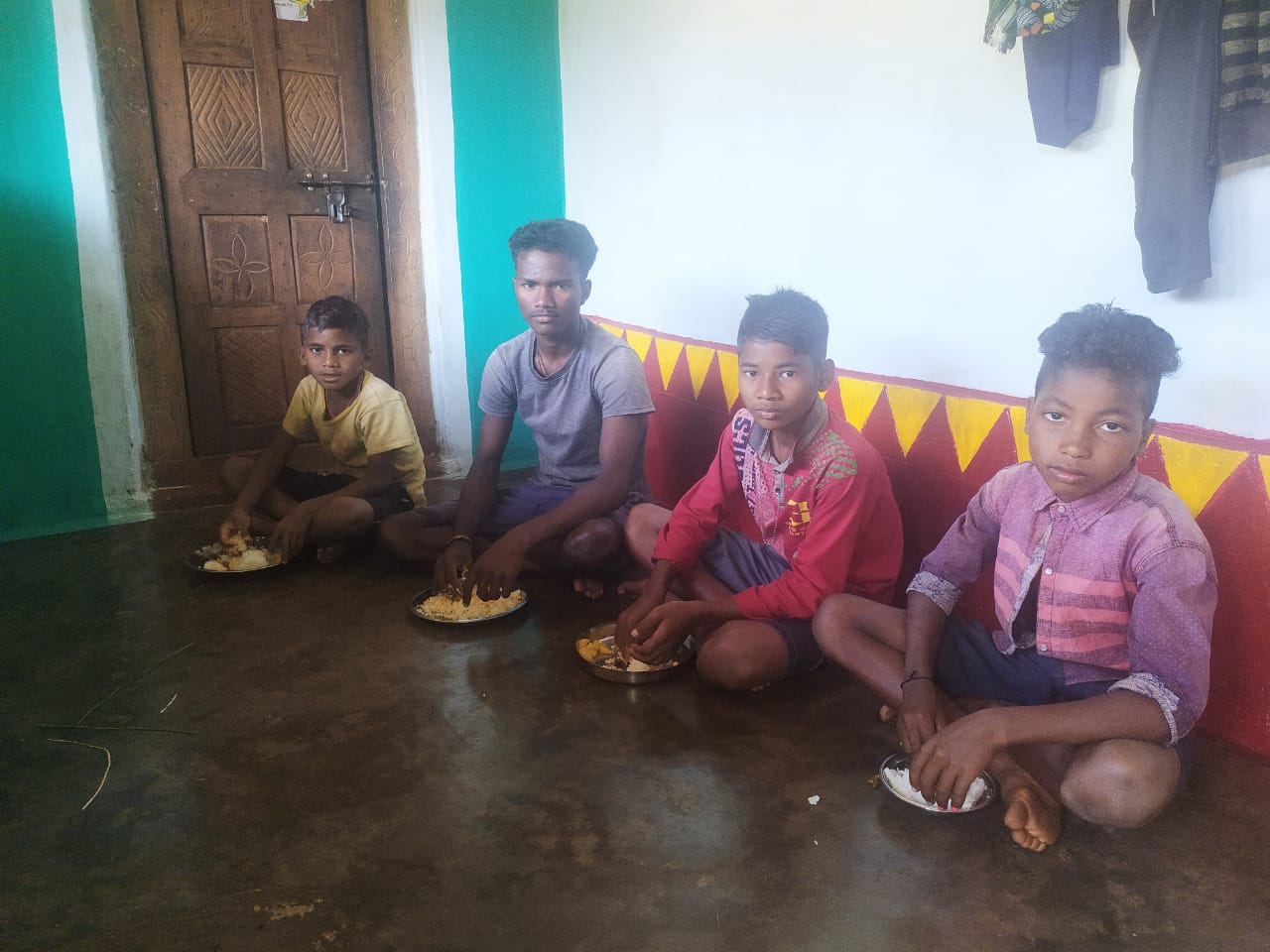
“There is no need to interfere with people’s food security and food production, procurement, and distribution. This initiative should be reconsidered,” said Prasad, who works for the welfare of tribal communities in Odisha.
“There is no point in fortifying rice with vitamin C,” Sameet Panda, lead member of the Right to Food Campaign, Odisha, told Gaon Connection. The rice when cooked, boiled, and drained, will lose more than 75 per cent of the artificially added vitamin C as it is a water-soluble vitamin, as also mentioned in the letter sent to the chief minister on December 7.
“We generally wash rice before cooking and boil it in water. Most of the coating of vitamin C on the rice would get washed away after it is cooked,” said Panda.
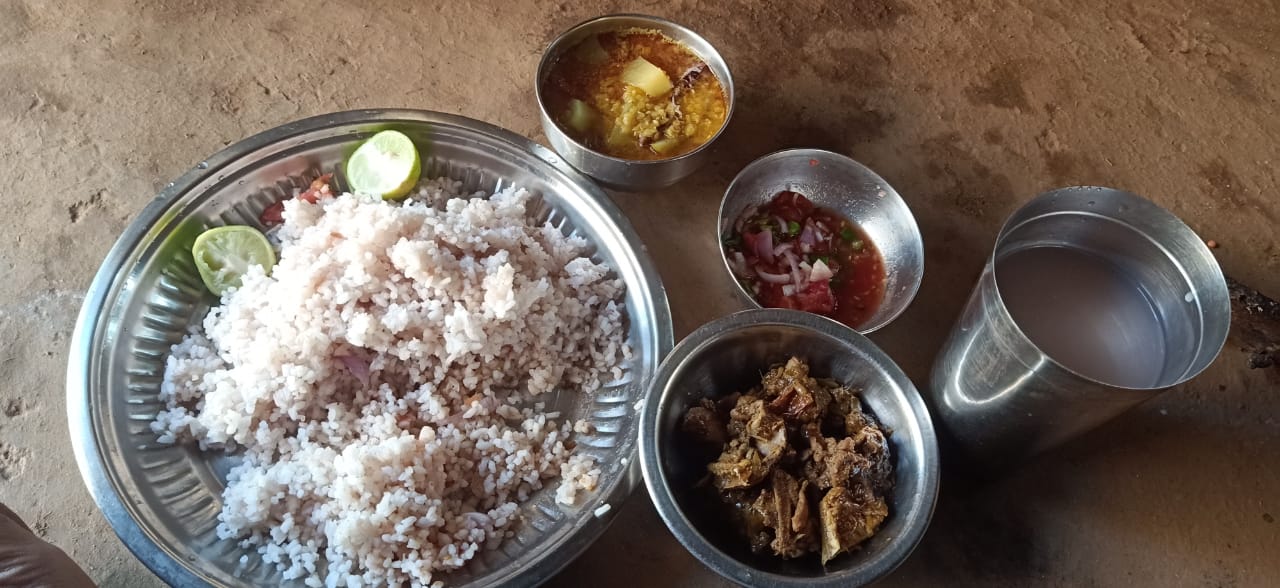
Meanwhile, tribal communities living in the district hardly understand the importance of food diversity. For them, rice is a staple food. “We mostly eat rice along with imli (tamarind) water, both during lunch and dinner. Most of the people here do not know anything about vitamins and food fortification,” 33-year-old Jayanti Baruda, who lives in Serapalli village, Malkangiri district, told Gaon Connection. She suffers from sickle cell anaemia.
Anaemia, which results from a lack of red blood cells or dysfunctional red blood cells in the body, leads to reduced oxygen flow to the body’s organs. Iron supplements can be used for iron deficiency. And as per a study, vitamin C also plays an important role in iron metabolism, application for red blood cell formation, and absorption of iron in the body.
According to the National Family Health Survey (NFHS), 2015-2016, seven in ten women in the age group of 15-49 years in Malkangiri district are anaemic. Meanwhile, 47.2 per cent of men in the same age bracket, and 72.2 per cent of children (6-59 months) are anaemic, respectively.
As per the same NFHS report, only 16.8 per cent of children (6-23 months) in the district receive an adequate diet. More than 45 per cent of under-five children are stunted (height-for-age), and 51.8 per cent are underweight (weight-for-age).
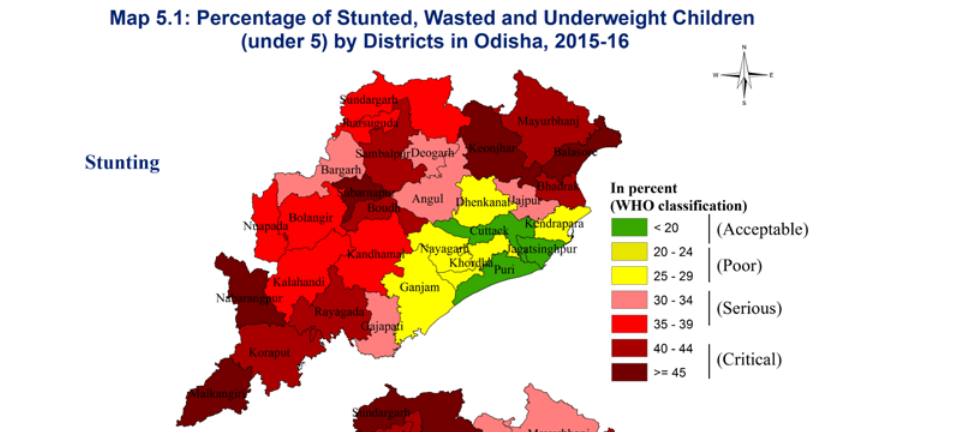
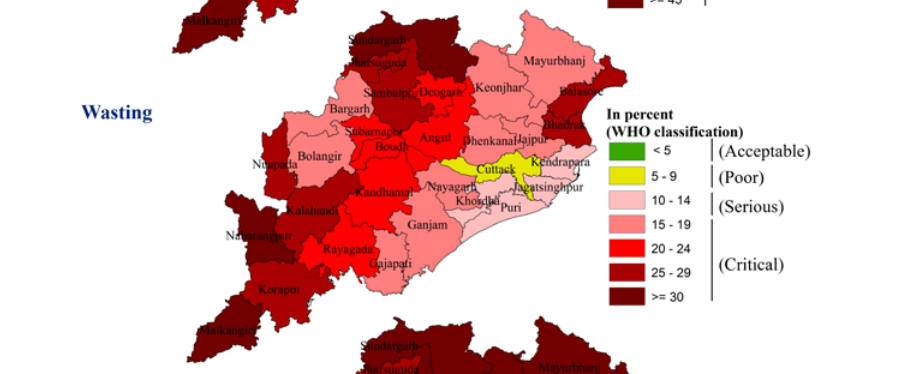

Odisha has the third-highest percentage of tribal population in the country (9.5 million), as documented in the Population Census 2011. With 60 per cent of the total share in the population (around 400,000), Malkangiri district is tribal-dominated. Most women and children of the tribal communities are either malnourished or anaemic.
“Only less than 10 per cent of children across the country are provided with adequate quality of food in terms of diversity,” said Prasad. “If there is still a gap, we can give supplements. There are debates and discussions on fortifying food with iron for addressing anaemia. But there are better ways to do it,” she added.
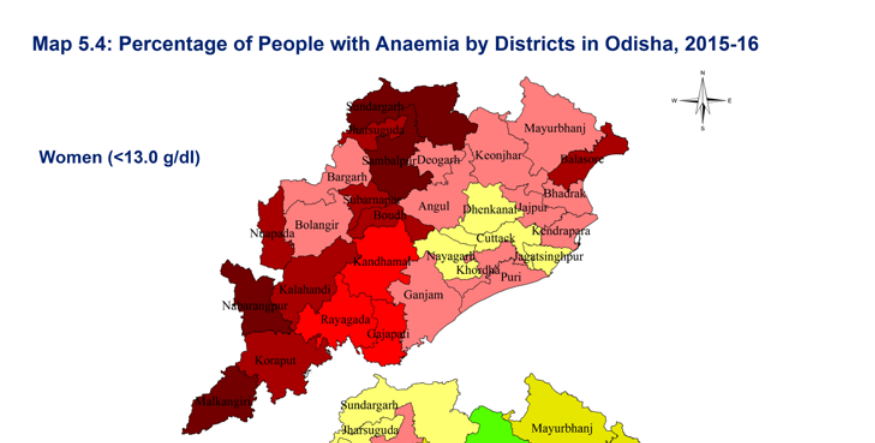
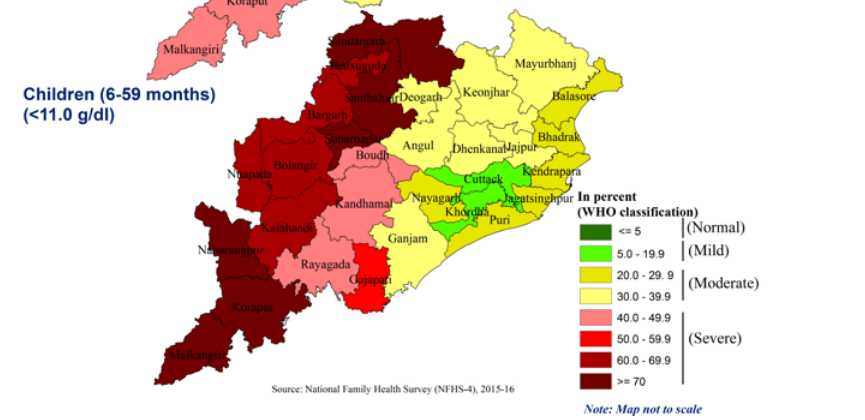
Recently, the state government announced to introduce fish and fish-based products to anganwadi children and pregnant and lactating women in Mayurbhanj, a predominantly tribal district, where 43.5 per cent of children under-5 years are stunted (low height-for-age) and 45.6 per cent of pregnant women are anaemic. This move was welcomed by activists and nutritionists. However, the initiative of vitamin C fortified rice is facing criticism.
Experts believe in place of artificially adding vitamin C to rice, the state government should provide natural food sources, such as amla and lemon.
“Lemon is one of the best sources of vitamin C, other than there is amla. These fruits are available abundantly in tribal areas. These fruits will also have other micronutrients and minerals, which can’t be provided by the fortified rice,” said Panda.
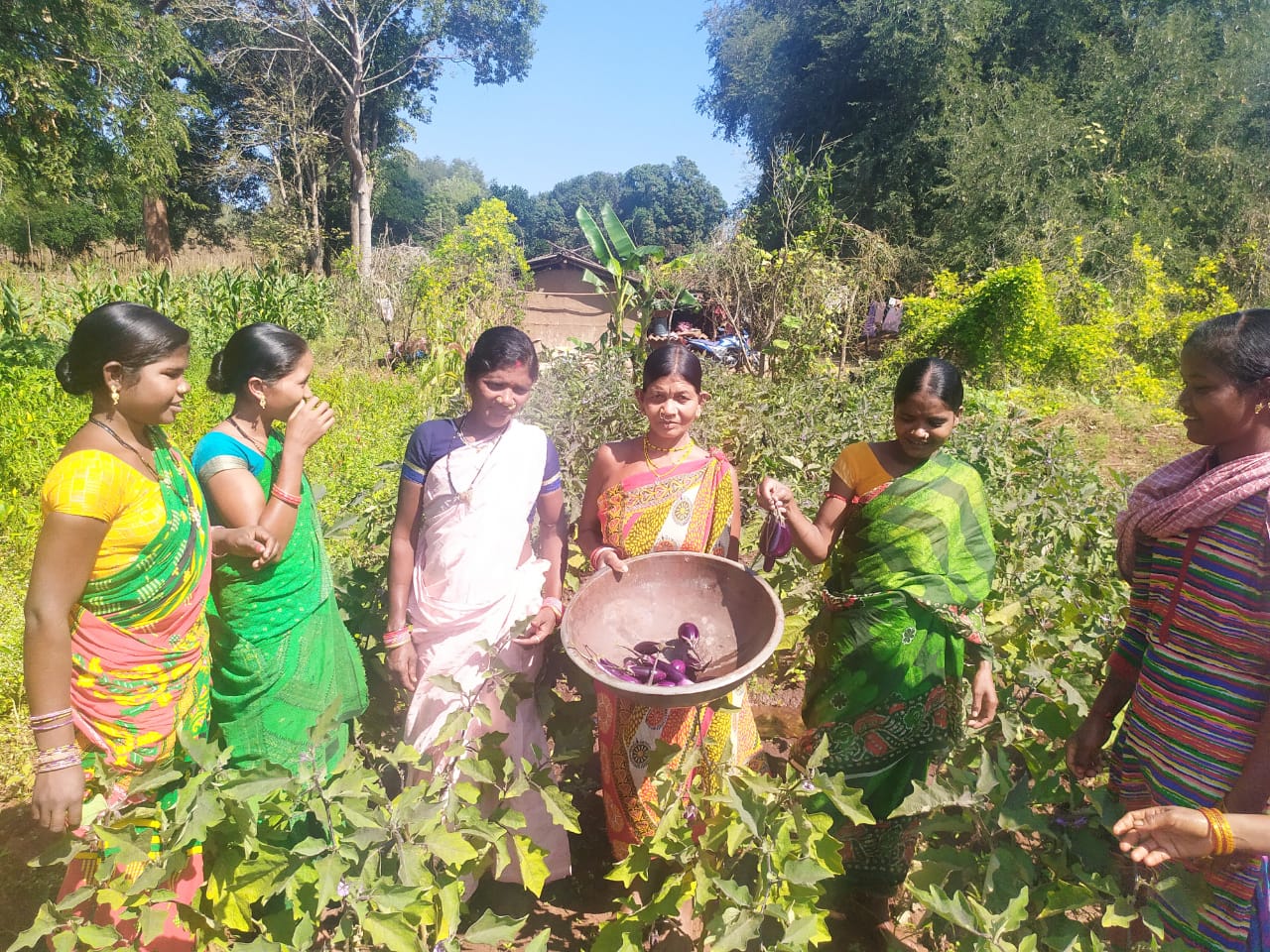
When Gaon Connection contacted Yeddula Vijay, the district magistrate of Malkangiri for his comments on the initiative, he said he was not in a position to comment on the issue as he had recently taken charge of the office. “Only thing I know is there is the fortification of PDS commodities, which is to be distributed to the beneficiaries,” Vijay told Gaon Connection. He told the reporter to contact a day later but he was not available.
On World Food Day, the central government announced supplying fortified rice in schools covered under the mid-day meal programme. These fortified rice will carry three micronutrients — B12, iron and folic acid.

